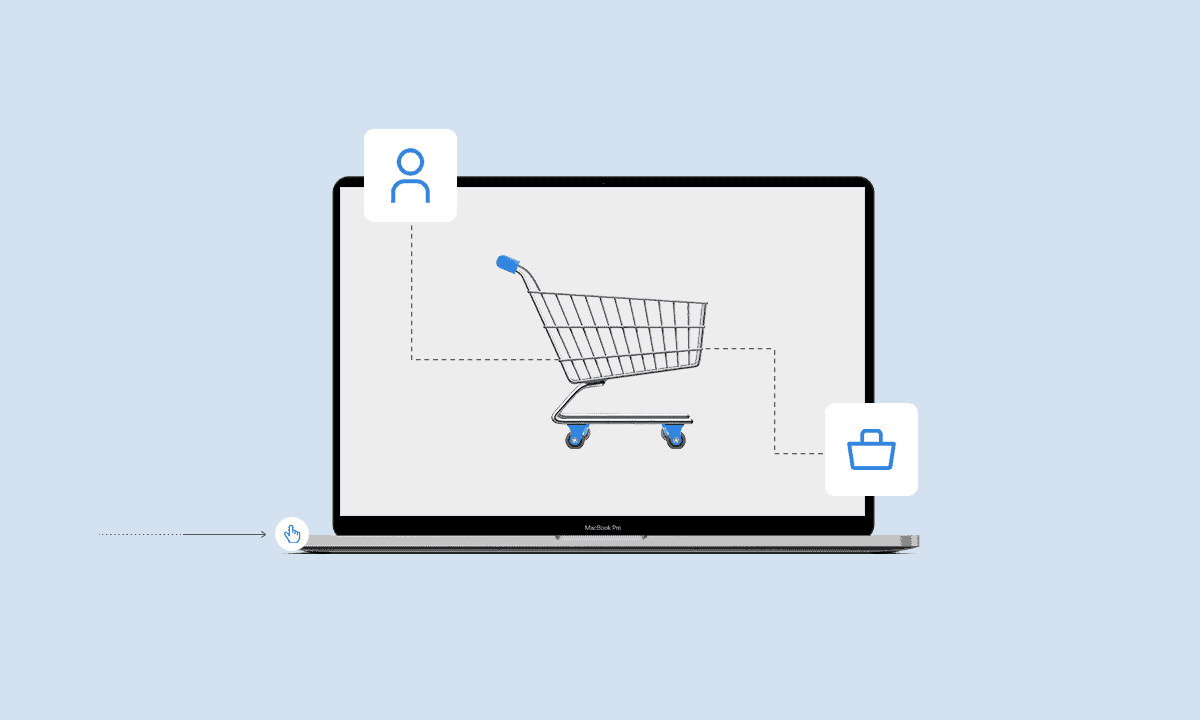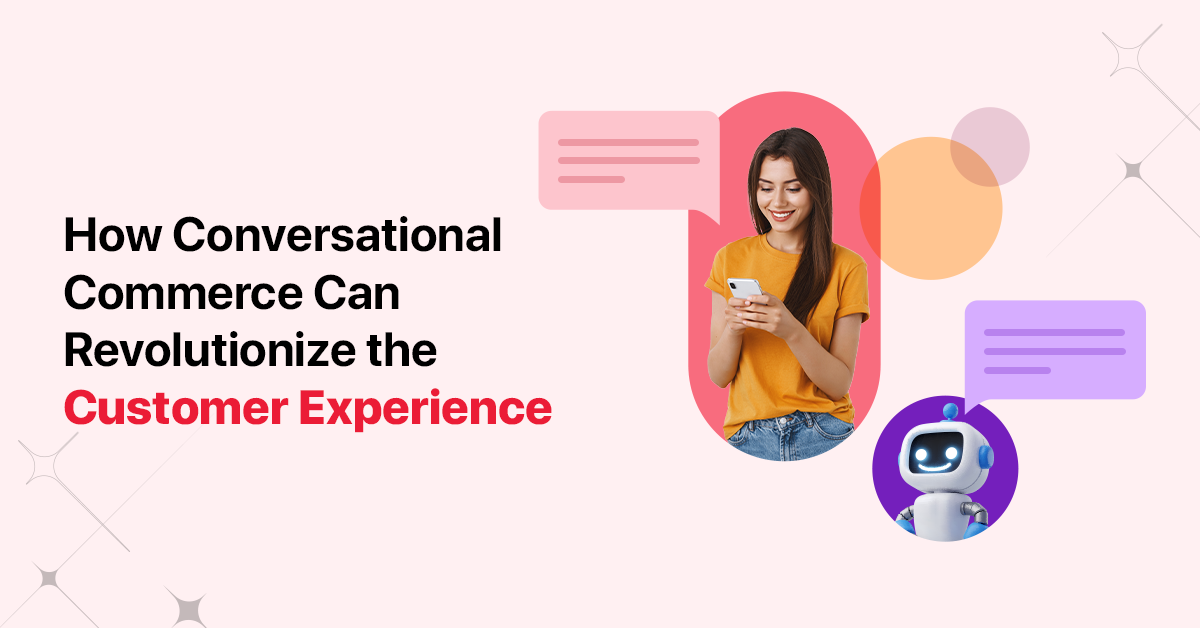https://wigzo.com/book-demo/USD 6.2 Trillion. That is the projected size of the global D2C e-commerce market by 2027. Yes, the size of the pie is tremendous, and even now, it stands more at more than $3.46 trillion globally. Moreover, it is not just the online marketplaces and vendor aggregation brands that are growing. A new, more promising trend of D2C brands is emerging as the e-commerce pole star of 2020 and beyond.
Direct-to-Consumer e-commerce brands have several advantages – both in terms of management and growth. However, as the unprecedented effects of COVID-19 wear off across the world, D2C, as well as B2C brands, might find themselves in little tussles to bounce back.
If you are kickstarting or already operating a D2C e-commerce brand, this blog is for you.
Let us see four ways to upscale your D2C e-commerce business and suitable strategic inputs to fuel the growth in 2021.
Understanding the D2C landscape
The scenario in the west and Asia is skewed when it comes to D2C growth. For instance, the initial success of D2C brands like Warby Parker (selling eyeglasses online) or Casper (selling online mattresses) inspired too much competition. A plethora of brands from different verticals plunged in the online space. This increased the competition, bid for online advertisement, and a race to acquire & retain loyal customers.
In developing Asian nations like India, however, the D2C landscape changes. Countries like India are witnessing the first generation of online shoppers, and the stigma of trust associated with online shopping is fading away. There is an increased demand for high-quality products, especially those that cater to a niche. Thus, D2C brands can expand their footprints with relative ease there.
Keeping the above scenario in mind, let’s review some tested methods & strategies to grow your D2C brand.
Establish Your Community Early On
If one cares to map the success of existing D2C e-commerce brands, regardless of any location or scenario, they will find a trend. Almost all the successful D2C online retailers have strong established communities of customers. In fact, a community is one of the key USPs of D2C businesses. Having one-on-one relationships with customers is a powerful idea. Traditional retail brands often struggle to collect in-depth information about their customers – a downside of impersonal communication.
Key Takeaways
- Focus on building a community. For instance, Nike turned D2C in the USA and focused on creating a community of fitness enthusiasts via its Nike+ App.
- Leverage personalized communication & automation. You can use AI-driven automation tools like Wigzo to skyrocket your D2C/B2C conversions through personalization.
Focus on Vertical Integration
Higher profit margins – what was once an ‘innate’ advantage to D2C brands is now fading away. Established retailers have the benefit of saving their profit margins through borrowed supply-chain and only have to compete for the customer acquisition cost (CAC). D2C brands enjoyed higher margins up until a few years back due to the lack of middle-men. However, as the CAC went up and individual distribution costs went up, they had to trade away their higher margins.
This can be solved via vertical integration – like slowly scaling in-house manufacturing, automating customer-acquisition, and pushing more sales. D2C brands have product & niche factors working to their advantage. To enhance the margins, they’d need to optimize their backend and gain independence from contractual manufacturing and outsourced marketing.
Key Takeaways
- Integrate vertical operations in your supply-chain like manufacturing, in-house logistics, and distribution, labeling, etc.
- Focus on reducing your customer acquisition cost for long-term viability.
Omnichannel Marketing is the Key
The importance of omnichannel personalization for any e-commerce brand cannot be stressed further. Let us see it this way – aggregators and retailer marketplaces (like Amazon) leverage their wider presence, listing, and brand name to grow. But, what does a D2C brand has that Amazon does not? Niche products and capability for 1:1 communication. When the war is about acquiring more customers at a reasonable cost, why waste the opportunity? Omnichannel personalization solves this. Leverage email, SMS, push notifications, banners, etc. to reach more customers and stand out amongst others.
As a direct-to-consumer brand, your focus should be on giving a consistent, personal, and valuable experience to your customers. Omnichannel marketing is all about this. Uniform brand messaging across all the channels & collated customer data are two crucial winning points for any D2C brand. Now is the time to adapt to these strategies and outrun your competitors.
Key Takeaways
- Omnichannel personalization can lower your customer acquisition cost significantly
- D2C brands can leverage personalization and uniform communication across all the channels to drive more profitability
Marketing Automation is Your Elixir
Brands that do not keep up with consumer trends and business technology will always find it cumbersome to grow. Marketing automation is one such aspect. As the digital landscape expands and becomes denser, data is becoming more siloed. Manual interventions in business operations mean inefficiencies, inaccuracies, and avoidable losses. Automating your marketing will probably the best investment you’ll ever make for your D2C/B2C e-commerce brand.
Automating your email, SMS, push notifications and any other communication channel solves two things – reliability & scalability. For instance, whenever a visitor clicks on a product on your site, they can receive an email or a text or both for offers, time-bound deals, or simple nudge messaging for sales conversion.
Using an AI-tool like Wigzo for automating your marketing ops will significantly uplift your acquisition, retention, and sales bottom line. Moreover, automation reduces manpower requirement at the backend and you can scale to any level without hesitation. Your customer data & behavioral analytics can be accessed directly from the dashboard to make informed-decisions about iterative measures if any.
Key Takeaways
- Marketing automation will boost your customer outreach, acquisition, and retention bottom line.
- Automation will also free-up backend team bandwidth for more strategic value inputs.
Success in the D2C or DTC e-commerce space requires a different acumen that it did a few years ago. There are some e-commerce basics that must never be forgotten (read our other blogs for them). While other strategies will evolve and grow with time, trends & people. Bolster your business operations with reliable tools, automated marketing & products that people love. D2C space will be yours!














